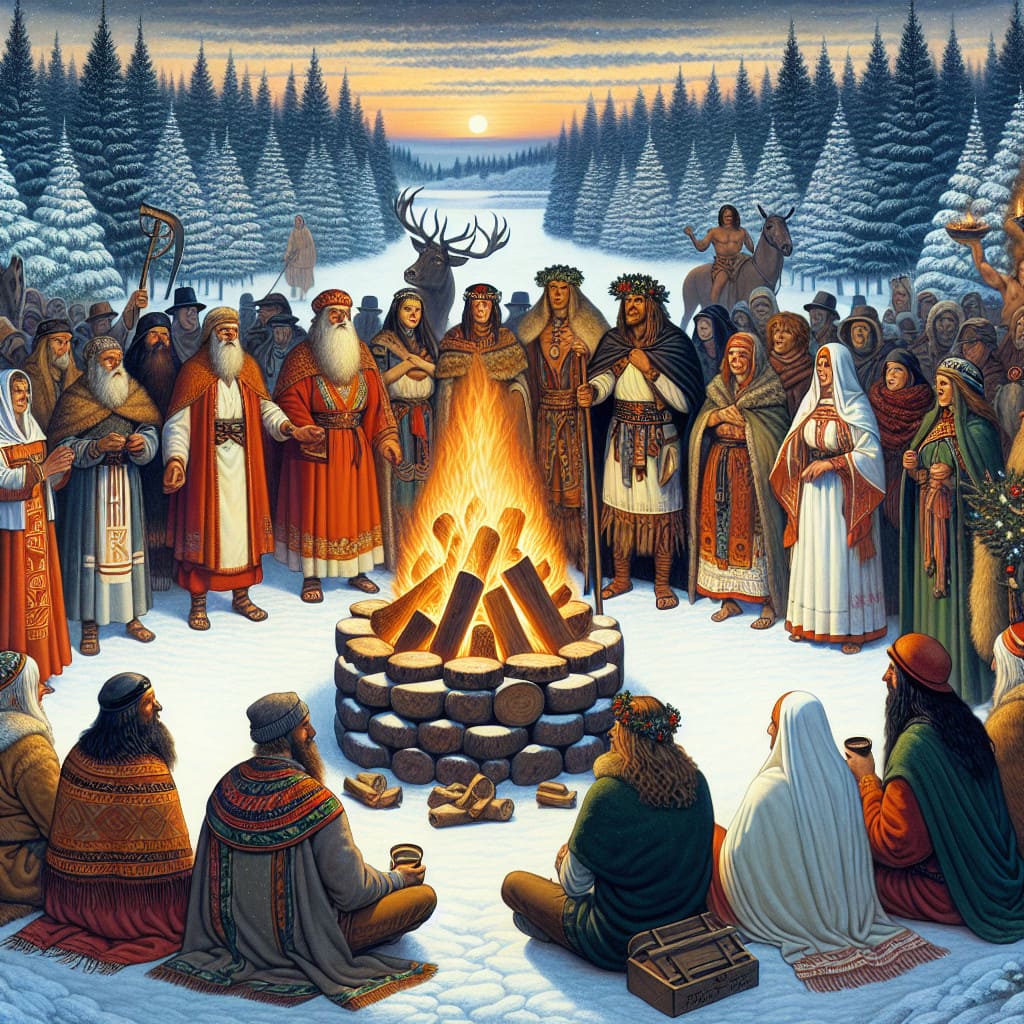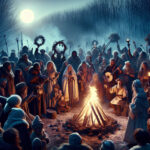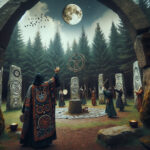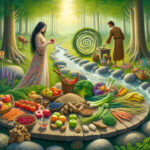Christmas is one of the most widely celebrated holidays around the world. Many of us enjoy the decorations, lights, and presents associated with the holiday, but what many do not know is that Christmas has its origins in ancient pagan rituals. In this article, we will explore some of the pagan rituals that became part of the modern Christmas celebration. We will look at the history of Christmas and how it was influenced by paganism, and the ways in which pagan rituals have been incorporated into the holiday in contemporary times.
Christmas is one of the most widely celebrated holidays in the world. But where did the traditions and customs we associate with the holiday actually come from? The answer lies in the pagan rituals of ancient times.
Pre-Christian Origins of Christmas
The origins of Christmas can be traced back to a variety of pagan festivals, rituals and customs which were celebrated by a variety of ancient cultures. These ancient traditions were adopted and adapted by the early Christians and eventually became the modern Christmas we know today.
The most significant pre-Christian ritual associated with Christmas is the celebration of the winter solstice. The winter solstice is the shortest day of the year and marks the return of the Sun. To celebrate this event, ancient cultures would gather around bonfires, light candles and exchange gifts in honor of the Sun’s return.
Roman Celebrations
The Roman festival of Saturnalia was another important source of Christmas traditions. Saturnalia was a week-long festival in honor of the Roman god Saturn. During this time, people would exchange gifts, decorate their homes with evergreen plants and indulge in feasts and revelry. This festival was eventually adopted by the early Christians and transformed into the modern Christmas celebration.
Scandinavian Yule
The Scandinavian Yule festival is another important source of Christmas traditions. Yule was a midwinter celebration which was celebrated by the ancient Norse and Germanic people. During this time, people would light bonfires, decorate their homes with evergreen plants and exchange gifts. This festival was eventually adopted by the Christians and transformed into the modern Christmas celebration.
Christianization of Christmas
The early Christians adopted and adapted these pagan festivals and rituals and transformed them into the modern Christmas celebration. In the 4th century, the Christian Church declared December 25th to be the official date for the celebration of Christmas. This date was chosen to coincide with the Roman festival of Saturnalia and the winter solstice.
Modern Christmas Traditions
Today, many of the modern Christmas traditions can be traced back to these ancient pagan rituals and customs. Decorating the home with evergreen plants, exchanging gifts, lighting candles and gathering around the Christmas tree are all traditions which have their roots in these ancient rituals.
Christmas is a time of joy and celebration for people all over the world. While the modern Christmas celebration has its roots in ancient pagan rituals and customs, it has also been transformed and adapted over the centuries and is now a unique holiday which is celebrated by people of all cultures and religions.
In conclusion, it is clear that Christmas has its roots in pagan rituals, including the winter solstice and Yule. These ancient traditions were adopted and adapted by the early Christian church in order to make Christianity more accessible to the masses. While these pagan rituals have largely been forgotten, their influence on Christmas is still felt today. As Christmas continues to evolve, it is important to remember the pagan roots from which it came and to celebrate them in our own way.





